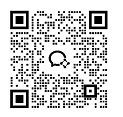How Does a Wind Turbine Slewing Bearing Work?
Wind turbines are marvels of modern engineering, converting the kinetic energy of wind into electricity through a complex system of interconnected components. At the heart of a wind turbine's ability to efficiently capture wind energy lies a critical yet often overlooked component: the Wind Turbine Slewing Bearing. This crucial mechanical element plays a pivotal role in the turbine's performance, enabling smooth rotation and precise positioning of the massive turbine blades and nacelle against changing wind conditions. The complexity and sophistication of slewing bearings represent a testament to human ingenuity in renewable energy technology, bridging the gap between mechanical engineering and sustainable power generation.

While most people view wind turbines as simple, static structures, they are, in fact, dynamic machines constantly adapting to environmental conditions. The slewing bearing serves as the primary mechanism that allows this adaptive capability, functioning as a critical interface between the stationary tower and the rotating components. Its role extends far beyond mere mechanical support, acting as a sophisticated pivot point that enables the entire turbine to respond with remarkable precision to wind's capricious nature.
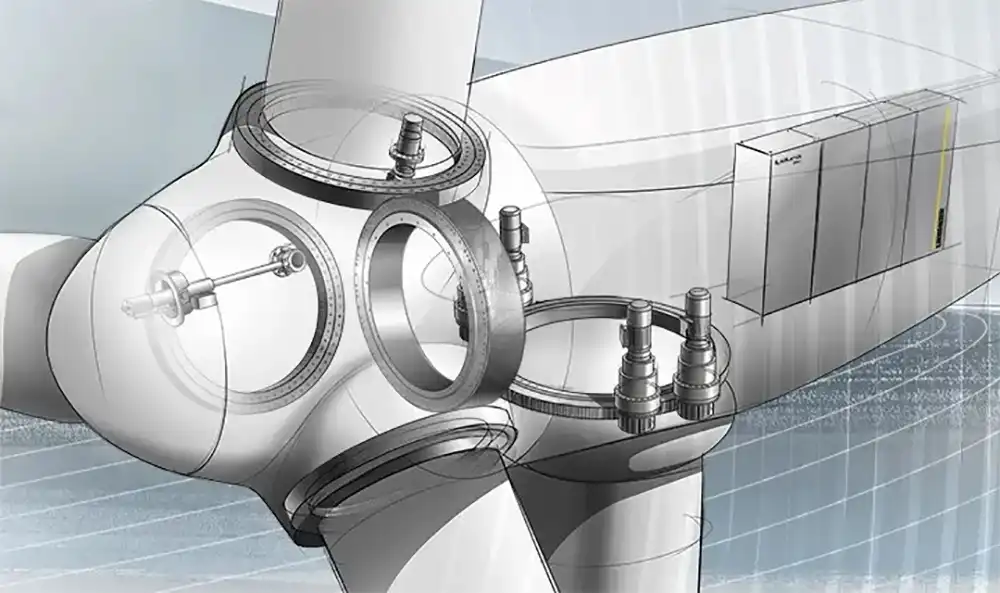
What Makes Slewing Bearings Unique in Wind Turbine Design?
The slewing bearing is an extraordinary piece of engineering that stands as the primary rotational interface between a wind turbine's stationary tower and its rotating nacelle. Unlike conventional bearings, slewing bearings are designed to handle immense loads while providing exceptional precision and durability in the most challenging environmental conditions. These specialized bearings must simultaneously support massive radial and axial loads, accommodate complex multi-directional forces, and maintain optimal performance throughout the turbine's operational lifetime.
The engineering behind these bearings involves an intricate balance of material science, mechanical design, and advanced manufacturing techniques. Manufacturers must consider multiple factors during the design process, including anticipated environmental conditions, expected load variations, and long-term performance requirements. The bearing must withstand extreme temperature fluctuations, persistent vibrations, and continuous mechanical stress while maintaining its structural integrity and operational efficiency.
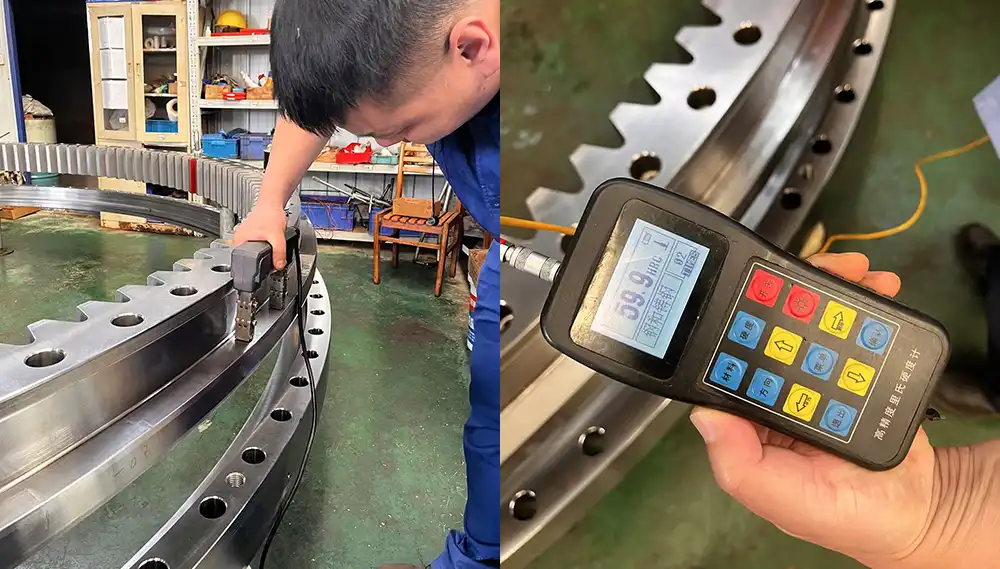
Wind turbine slewing bearings are engineered with remarkable sophistication, typically comprising multiple rows of rolling elements – either balls or rollers – separated by sophisticated race mechanisms. The design allows for an unprecedented combination of load-bearing capacity and rotational flexibility. Engineers carefully select materials and manufacturing techniques to ensure these bearings can withstand extreme temperatures, persistent vibrations, and the constant mechanical stress inherent in wind energy generation.
Modern slewing bearings incorporate advanced materials such as high-performance steels, ceramic composites, and specialized alloys that enhance their performance characteristics. These materials are selected not just for their strength, but also for their ability to maintain consistent performance under varying environmental conditions. The molecular structure of these materials is engineered to resist wear, minimize friction, and provide exceptional longevity.
The structural complexity of slewing bearings is nothing short of remarkable. They typically incorporate intricate design features such as hardened steel races, precision-ground rolling elements, and advanced sealing systems that protect against environmental contaminants. The bearing's inner and outer rings are meticulously crafted to distribute loads evenly, minimize friction, and provide years of reliable service in environments ranging from frigid offshore wind farms to scorching desert installations.
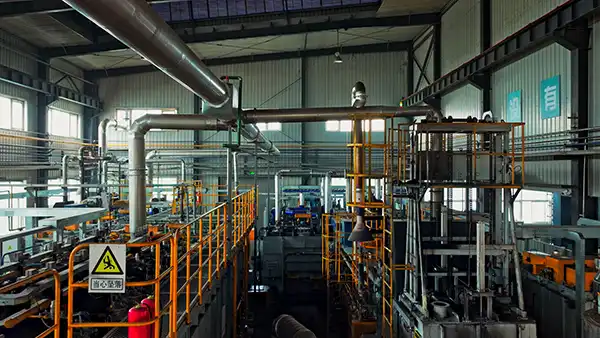
How Do Slewing Bearings Enable Wind Turbine Yaw Mechanism?
The yaw mechanism represents the wind turbine's critical navigation system, responsible for precisely orienting the nacelle and rotor to capture maximum wind energy. Slewing bearings are the fundamental component that enables this remarkable directional adaptability. As wind direction changes, sophisticated control systems activate the yaw mechanism, allowing the entire nacelle to rotate smoothly around the tower's axis.
This rotational capability is made possible by the Wind Turbine Slewing Bearing's unique structural design. Integrated with powerful electric motors and sophisticated gear systems, the bearing allows for minute and precise angular adjustments. The process involves continuous monitoring of wind direction through advanced sensors, which trigger instantaneous repositioning to optimize energy capture. This means that even subtle wind direction changes can be immediately compensated, ensuring maximum efficiency.
The precision engineering behind the yaw mechanism's slewing bearing is truly impressive. Multiple sensors continuously analyze wind speed, direction, and turbine performance, feeding data to a central control system. This system then commands microscopic rotations – sometimes as small as fractions of a degree – to maintain optimal blade positioning. The slewing bearing must handle these movements with exceptional smoothness, minimizing mechanical stress and preventing unnecessary wear.
Advanced control algorithms play a crucial role in this process, interpreting sensor data and making split-second decisions about nacelle orientation. These algorithms consider not just immediate wind conditions, but also predictive models that anticipate potential wind pattern changes. The slewing bearing must be capable of responding to these complex computational instructions with remarkable speed and precision.
The electrical and mechanical systems working in concert create a sophisticated feedback loop. As the turbine rotates, additional sensors monitor the performance of the yaw mechanism itself, providing real-time data about the bearing's operational status. This continuous monitoring allows for predictive maintenance, identifying potential issues before they can develop into significant problems.
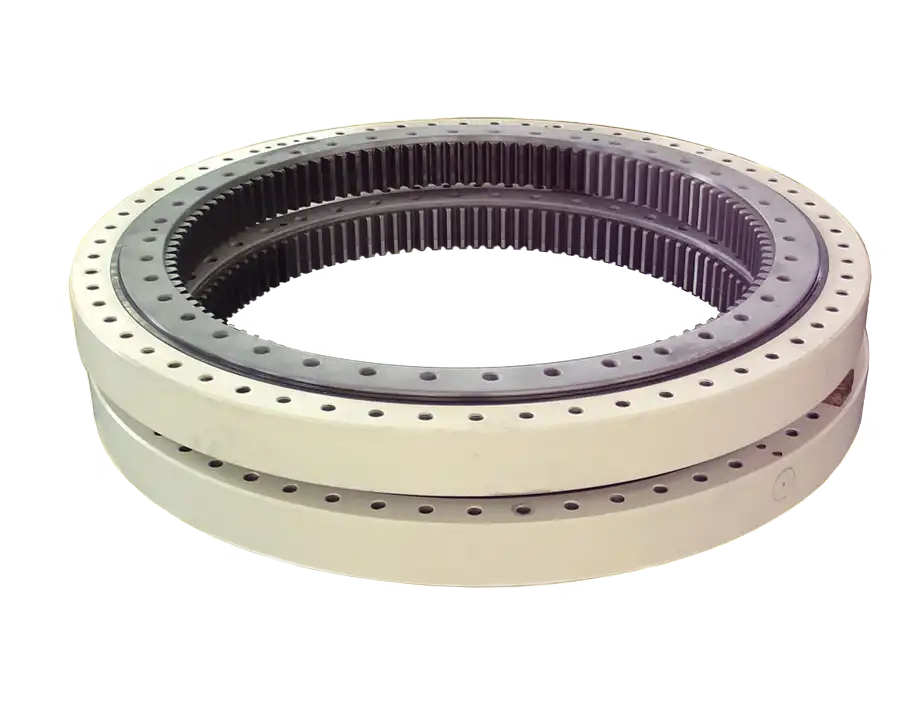
What Are the Critical Performance Characteristics of Wind Turbine Slewing Bearings?
Performance is paramount in wind turbine engineering, and slewing bearings are no exception. These critical components are evaluated through a comprehensive set of performance metrics that go far beyond simple rotational capabilities. Engineers assess factors such as load-bearing capacity, rotational precision, operational lifespan, and resistance to environmental degradation.
Load distribution represents one of the most crucial performance characteristics. A high-quality slewing bearing must uniformly distribute enormous loads across its rolling elements, preventing localized stress concentrations that could lead to premature failure. Sophisticated design techniques, including advanced material science and precision manufacturing, enable bearings to handle loads often exceeding several hundred kilonewtons while maintaining structural integrity.
Durability is another paramount consideration. Wind turbine slewing bearings are expected to operate continuously for 20 to 25 years, often in environments characterized by extreme temperature fluctuations, persistent vibrations, and potentially corrosive atmospheric conditions. Manufacturers employ advanced metallurgical techniques, including specialized heat treatments and precision surface coatings, to enhance bearing longevity and reliability.
The tribological characteristics of slewing bearings – how surfaces interact during motion – are meticulously engineered. Low friction coefficients are essential for minimizing energy losses and reducing mechanical wear. Advanced lubrication systems, often incorporating sophisticated synthetic lubricants, ensure optimal performance across a wide range of operational conditions.
Manufacturers conduct extensive testing to validate the performance of slewing bearings, including accelerated life testing, environmental stress screening, and detailed computational simulations. These comprehensive evaluation processes ensure that each bearing meets the stringent requirements of modern wind turbine applications, providing reliability and efficiency in renewable energy generation.
Conclusion
Wind Turbine Slewing Bearings represent a pinnacle of mechanical engineering, transforming the potential of wind energy into a reliable, efficient power generation technology. These remarkable components embody the intricate balance between complex mechanical design and cutting-edge materials science, serving as a critical link in the global transition towards sustainable energy solutions.

Luoyang Huigong Bearing Technology Co., Ltd. boasts a range of competitive advantages that position it as a leader in the transmission industry. Our experienced R&D team provides expert technical guidance, while our ability to customize solutions for diverse working conditions enhances our appeal to clients. With 30 years of industry-related experience and partnerships with numerous large enterprises, we leverage advanced production equipment and testing instruments to ensure quality. Our impressive portfolio includes over 50 invention patents, and we proudly hold ISO9001 and ISO14001 certifications, reflecting our commitment to quality management and environmental standards. Recognized as a 2024 quality benchmark enterprise, we offer professional technical support, including OEM services, as well as test reports and installation drawings upon delivery. Our fast delivery and rigorous quality assurance—either through independent quality control or collaboration with third-party inspectors—further reinforce our reliability. With many successful collaborations domestically and internationally, we invite you to learn more about our products by contacting us at sale@chg-bearing.com or calling our hotline at +86-0379-65793878.
References
1. International Renewable Energy Agency (IRENA). "Wind Turbine Technology: Design, Performance, and Maintenance." 2023.
2. American Wind Energy Association (AWEA). "Technical Compendium of Wind Turbine Components." 2022.
3. Zhang, H., et al. "Advanced Materials in Wind Turbine Bearing Design." Journal of Renewable Energy, vol. 45, 2022.
4. European Wind Energy Research Institute. "Comprehensive Analysis of Slewing Bearing Performance in Wind Turbines." 2023.
5. International Journal of Sustainable Energy. "Tribological Considerations in Wind Turbine Mechanical Systems." vol. 38, 2022.
6. National Renewable Energy Laboratory (NREL). "Long-Term Performance Characteristics of Wind Turbine Components." Technical Report, 2023.
7. Society of Tribologists and Lubrication Engineers. "Bearing Performance in Extreme Environmental Conditions." Research Publication, 2022.
8. Wind Energy Engineering Association. "Design and Manufacturing Standards for Wind Turbine Bearings." Technical Guidelines, 2023.
9. Materials Science and Engineering Review. "Innovative Materials in Mechanical Power Transmission." vol. 67, 2022.
10. Global Wind Energy Council. "Annual Technical Report on Wind Turbine Technological Advancements." 2023.
